The world of Portuguese conventual sweets
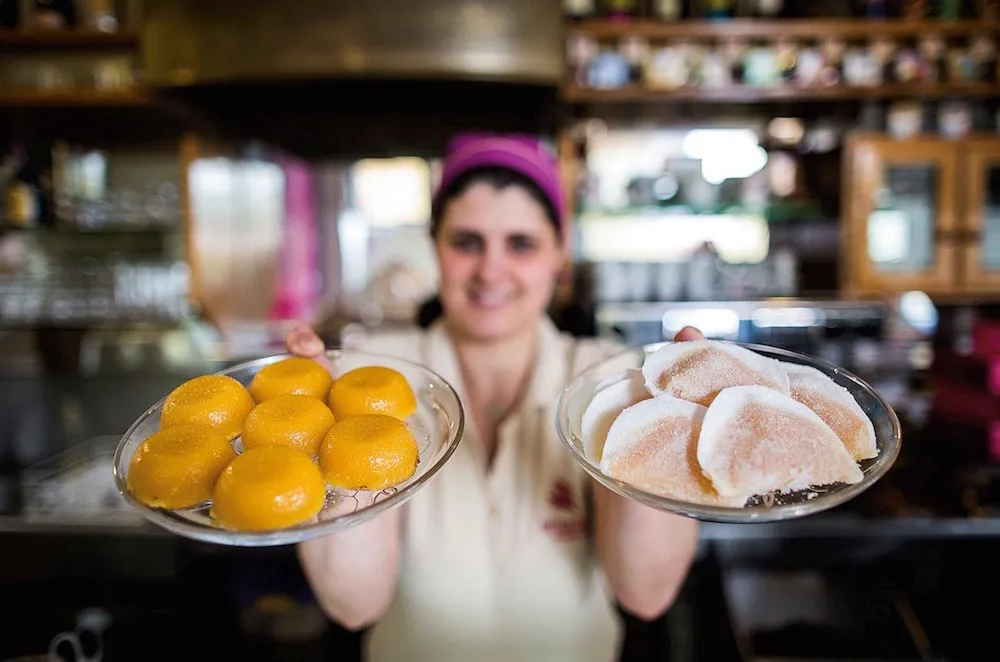
Once upon a time, there were convents and other religious institutions across Portugal that used to consume lots and lots of eggs. About five to six centuries ago, Portugal was one of Europe’s largest producers of eggs and, traditionally, peasants would donate some of what their chickens would lay to nearby churches and monasteries, where these eggs had more uses beyond food.
Back in the day, as far as the 15th century and earlier, egg whites were particularly handy. They were used to iron and starch the white religious habits priests and nuns would wear, and were also used as glue to decorate altars and ornaments with gold leaf in facades. With so much use of egg whites, there was naturally a surplus of egg yolks that in this or any other circumstance would be a real sin to waste.
With so many egg yolks available, nuns got creative and started developing recipes that would make good use of these nutritious yolks. And so the vast range of desserts known in Portugal these days as conventual sweets were born.
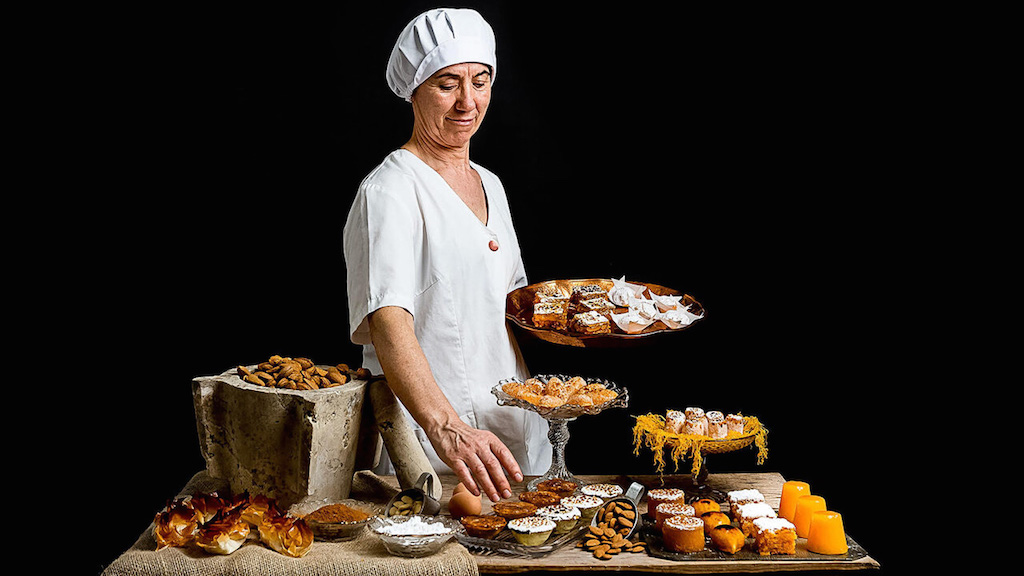
Even though the exact origin of conventual sweets is unknown and, arguably, they could have existed in some form or another ever since cooking has been done inside convents and monasteries, conventual sweets as a category of Portuguese desserts gained shape and prominence in the 15th century. This is when sugar started being introduced in Portugal, after the Portuguese reached the island of Madeira, where sugar cane plantations became one the main businesses. Until that time, the sweetener of choice was local honey, which was certainly not put entirely to the side afterwards either. But the popularization of sugar brought in cooking possibilities not explored until now.
Even though there are more than 150 conventual sweets all over Portugal, and their main ingredients tend to be egg yolks and sugar, the truth is that they do not only look unalike, but taste different too. How can this be? By working the so-called sugar point. To master conventual sweets making, confectioners need to learn how to properly work with sugar, and skillfully mix it with water at different temperatures, in order to achieve distinct textures, more caramel like, runnier, thicker or in-between, which will favor different recipe results. In Portuguese cuisine, there are at least eight well known sugar points, which result from cooking sugar at temperatures between approximately 103ºC (217ºF) and 125ºC (257ºF).
As Portuguese explorers kept installing new trading points all over the world, sugar from the now ex-colonies in Africa and the Americas, kept arriving in Portugal, influencing the trend of conventual confections. During the 16th century, developing sweet recipes in convents and monasteries became somehow fashionable, and localized recipes started being associated with certain institutions and regions. To the basic key ingredients of sugar and egg yolks, different places would add regional ingredients, thus differentiating and localizing their sweets. If down in the Algarve almonds and dry figs were popular and inspired desserts such as Morgado (almonds and egg jam cake) or queijo de figo (dried figs nougat), in the great Lisbon area white beans started being introduced into the repertoire of conventual sweets, and gave birth to the much beloved pastéis de feijão, that is, sweet bean tarts.
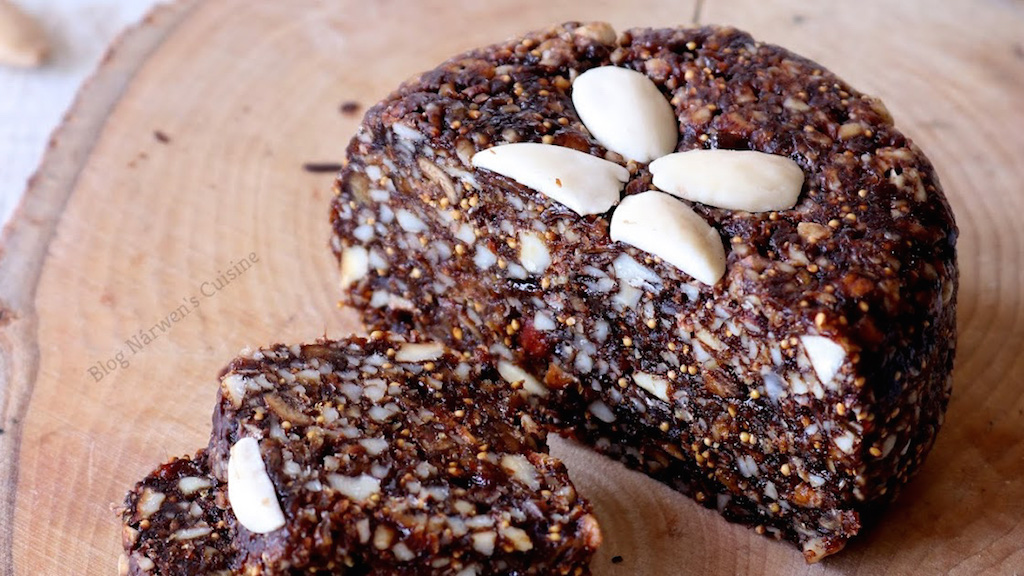
Tasting conventual sweets is like tasting Portuguese history, as these recipes have been around for centuries! Some recipes, like pastel de nata which originated in the Belém district of Lisbon, are popular even outside of our country. While some of the specialties can be tasted in Lisbon, it’s typical to try conventual sweets when taking trips to their regions of origin. Some Portuguese towns and cities are synonymous with certain pastries, which the general population will be well-aware of. Some of the most notable examples of these sweet ambassadors of Portuguese regions are:
Ovos moles from Aveiro
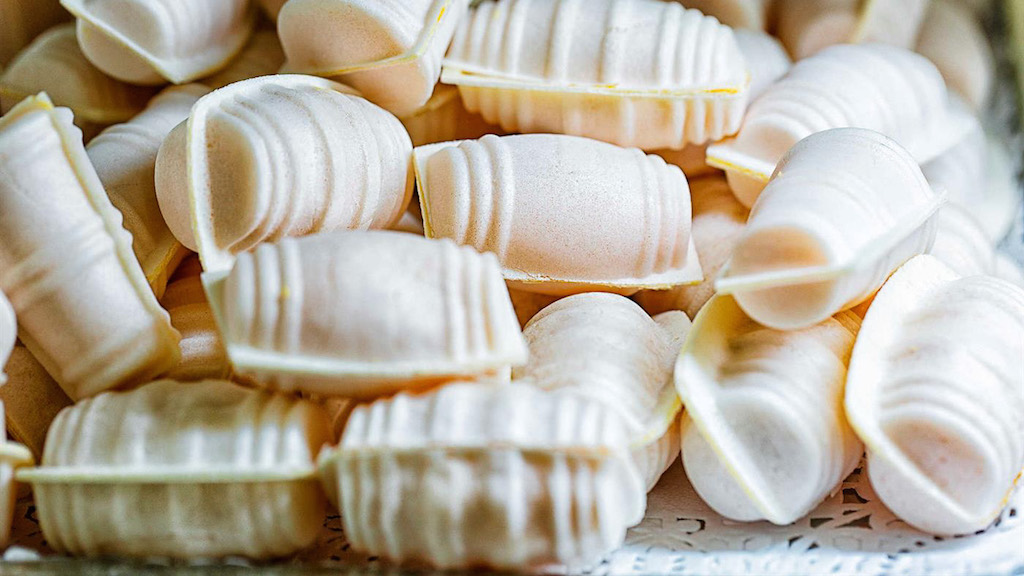
Ovos moles are such ambassadors of the city of Aveiro, that they have been awarded Protected Geographical Indication status. Ovos moles can be served in little cups and eaten by the spoonful, or more traditionally wrapped inside thin wafers that depict sea motifs inspired by the city where they were born.
Ovos moles are a more concentrated version of an egg rich filling you will see featured in many Portuguese cakes and desserts: doce de ovos. This egg jam consists of egg yolks and expertly cooked sugar and is featured in the stuffing of Berliners (in Portugal known as bolas de Berlim), inside rolled up cakes like Christmas logs, or even as a sort of icing in birthday cakes.
Pão-de-ló from Ovar
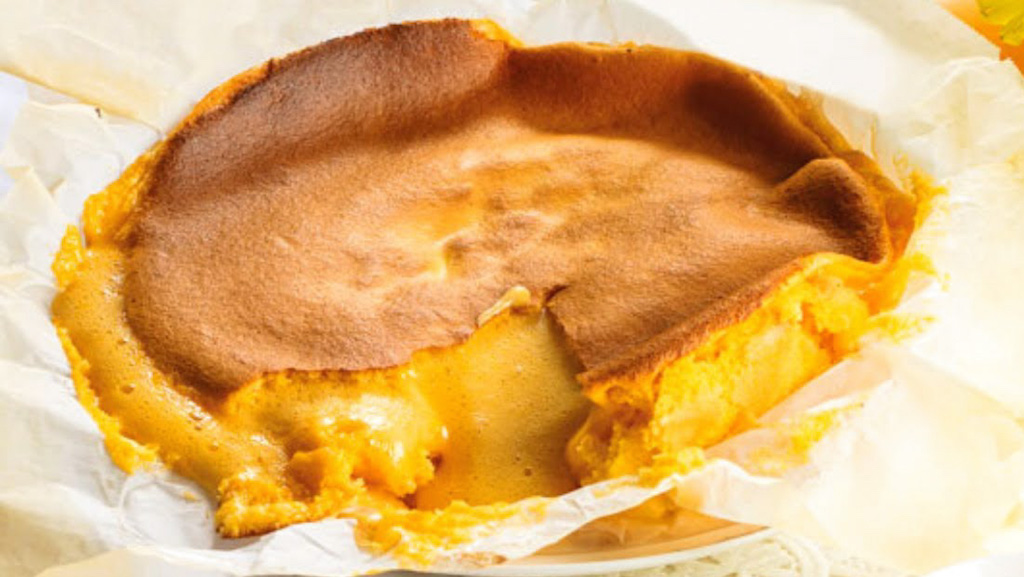
Translating pão-de-ló as sponge cake doesn’t do justice for this iconic confection from Ovar. A typical and well-made pão-de-ló looks like a sponge cake on the outside but it’s gooey and runny on the inside, as its batter has more egg yolks and sugar than flour. Pão-de-ló is so wet that it is oven served inside the parchment that was used to cook it, and you can scrape the bits of goodness that get stuck to the baking paper as you eat. Contemporary interpretations of this traditional recipe include chocolate as an add-on, but the typical cake from Ovar would be as straightforwardly yellow as the quality of the many egg yolks used to make it allow.
Pastel de Tentúgal from Tentúgal

The Carmelite nuns of Tentúgal, in the municipality of Montemor-o-Velho, developed this conventual recipe in the 16th century. The pastry that wraps the egg jam featured in pastéis de Tentúgal is the crispiest you will find across the country, and is traditionally made by stretching dough to lengths one would easily consider impossible if not seen with one’s very own eyes!
Pastel de feijão from Torres Vedras

This is one of the rare conventual sweets you are likely to come across in most pastry shops around Lisbon and beyond, and it’s often enjoyed with coffee as a mid-afternoon snack. Alongside pastel de nata, it’s an everyday classic. It consists of a smooth purée of white beans, almonds, egg yolks and sugar, surrounded by a delicate shell of crispy dough, sometimes lightly dusted with confectioners sugar.
Pudim Abade de Priscos from Braga
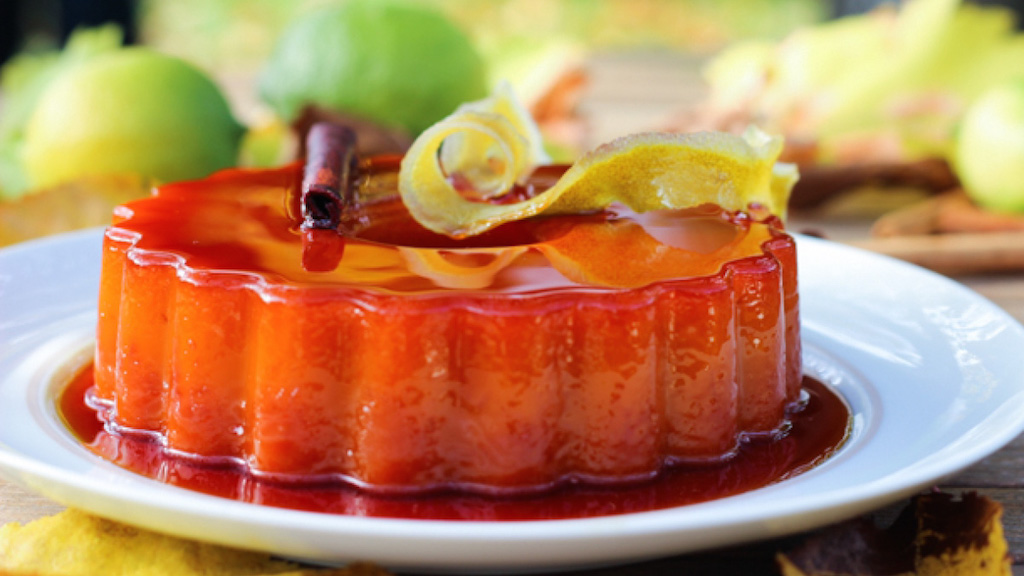
Arguably, the most decadent of all Portuguese conventual sweets, pudim Abade de Priscos not only involves copious amounts of sugar and egg yolks like most other conventual recipes do, but it also uses bacon to make this pudding extra rich and smooth. Drenched in luscious caramel, pudim Abade de Priscos is for sure a must-have experience in Portugal.
Sericaia from Alentejo
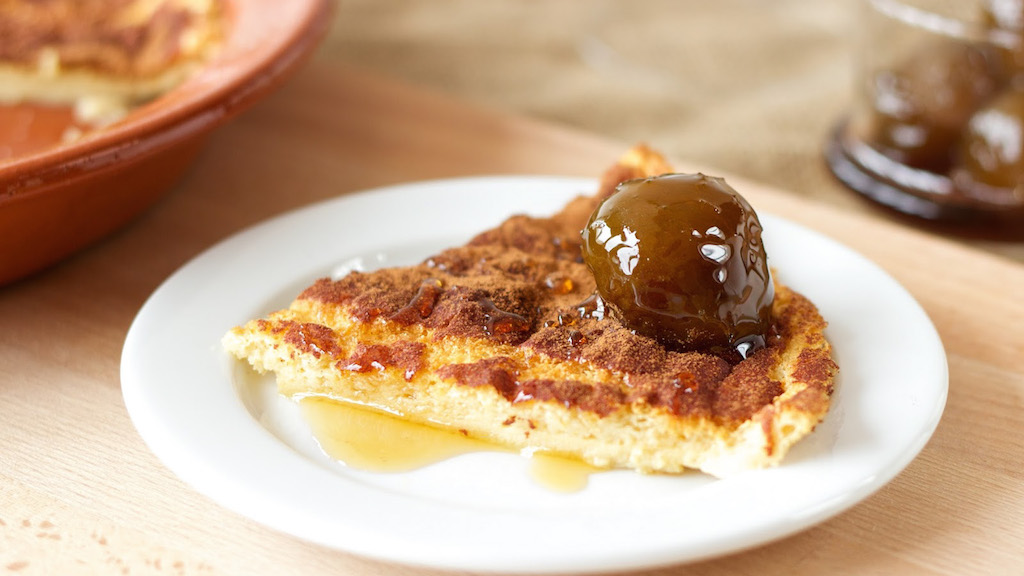
Even though we associate sericaia with the Alentejo region, this wrinkled-looking cake is thought to have its true origins in India, back in the day when the Portuguese colonized the territory of Goa. It’s a moist cake made with large amounts of eggs and sugar, heavily dusted with cinnamon. Sericaia is traditionally served by the slice, along with a preserved plum from Elvas, and some of the syrup used to keep the fruit.
Pitos de Santa Luzia from Vila Real
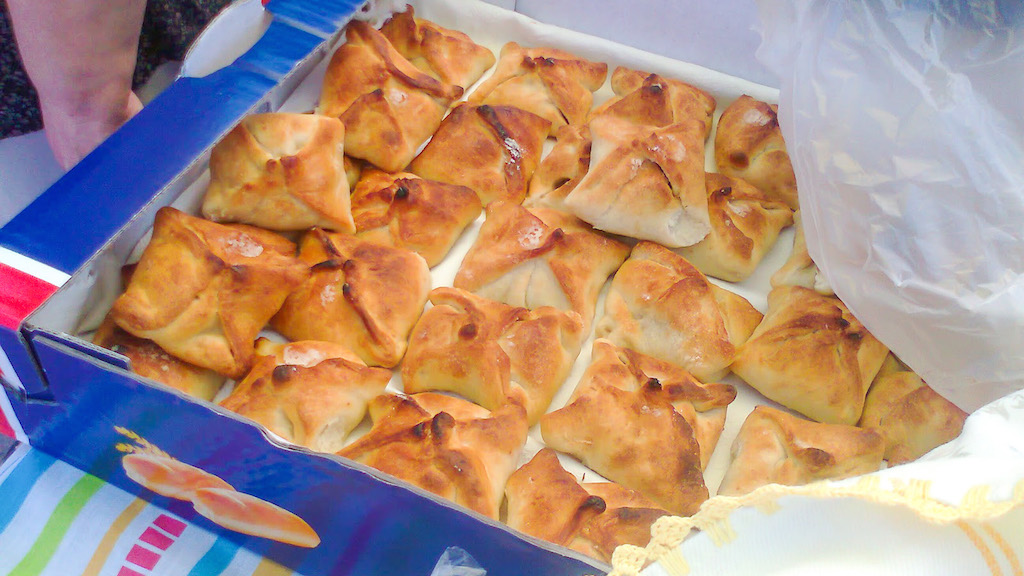
The ex-libris of conventual confections in the northern region of Trás-os-Montes, pitos are mostly consumed around the date that celebrates Saint Luzia, the patron saint of this city. These turnovers are made with a thick pastry made of flour, sugar and pork lard, stuffed with a creamy filling of pumpkin and egg yolks.
Brisas do Liz from Leiria

Brisas do Liz are synonymous with the city of Leiria, where this egg yolk, sugar and almonds sweets came to be in the beginning of the 20th century. While not as old as many of the popular conventual recipes across the country, brisas do Liz are as beloved as many of the old timers and have several times won the distinction of “best conventual sweet” in Portuguese gastronomic events.
Bolo de mel from Madeira
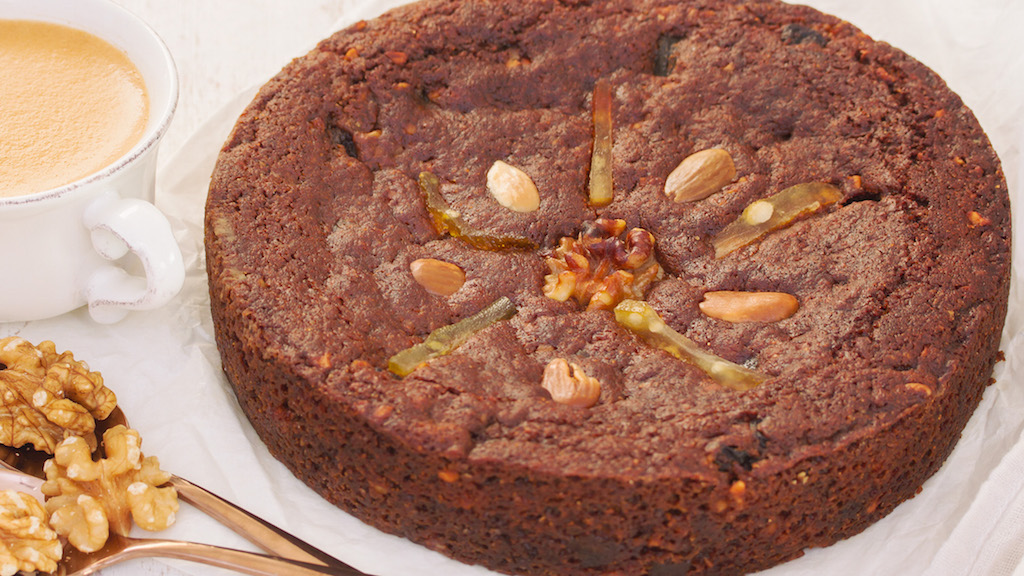
From the territory that helped popularize cane sugar and, therefore, conventual sweets all over Portugal comes this molasses cake. Unlike most conventual pastries that are bright yellow, Madeira’s cake is deep brown. This dense cake involves more ingredients than most of the other sweets featured here. Besides flour and molasses, it also includes a variety of nuts, spices and Madeira wine. Bolo de mel is thought to have been influenced by British Christmas cake, at the time of British influence in this island.
Malassadas from the Azores
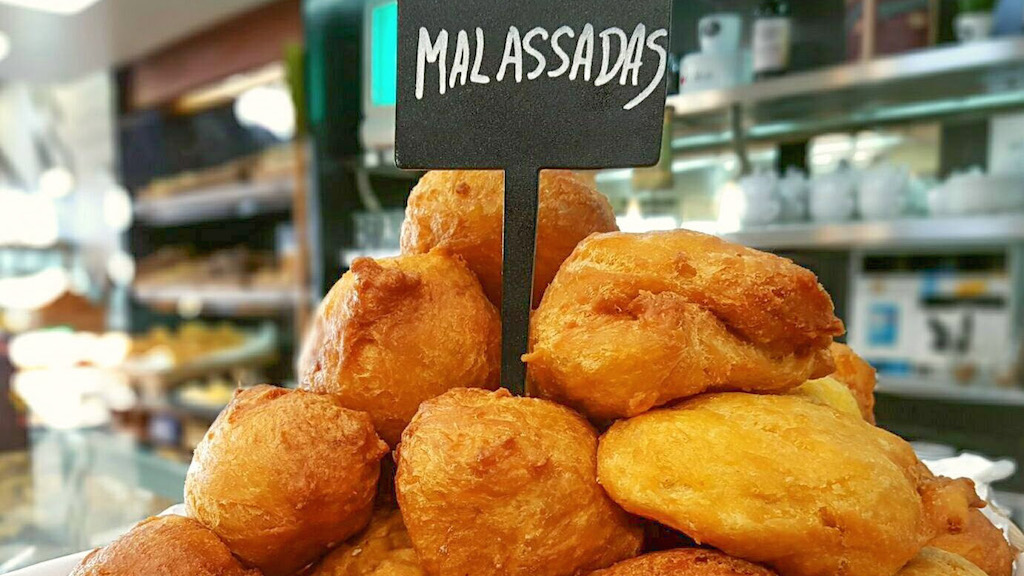
Besides pastel de nata, malassadas are, quite probably, Portugal’s most popular dessert abroad. At least in the United States and, more specifically in Hawaii, this fried dough from the Azores is popular thanks to Portuguese emigrants. Malassadas consist of flattened discs of yeasted dough, fried to golden perfection and then dusted with sugar and cinnamon. This dough is made with eggs and flavored with lemon zest, as well as a little brandy.
Pastéis de Belém from Lisbon

The über popular Portuguese custard tarts can be found all over Portugal (and beyond!) but it’s only in Belém itself, the neighborhood of Lisbon where these were born, that they are called pastéis de Belém, following the ancient recipe which is kept as secretly as the coca-cola formula.
During the mid 19th century, the Portuguese government issued a decree that called for shutting down religious orders. At this time, lots of monks and nuns who used to live inside religious institutions funded by public money and donations, were faced with the need to start making a living more independently. This is how some secret recipes became known outside the convents and monasteries where they were originally invented, after being sold to local confectioners. Legend tells us that this is how Antiga Confeitaria de Belém got their hands on the recipe for the custard tarts that were allegedly invented in the nearby Jerónimos Monastery. Apart from selling the recipes, some of these former nuns and monks started baking for a living, popularizing even more some of their conventual pastries.
Conventual recipes have been living in the Portuguese cuisine repertoire for centuries, being passed down from generation to generation first inside convents and, eventually, amongst professionals and even family members. The most common conventual sweets for the average Portuguese family to make at home include recipes such as pão-de-ló, toucinho do céu and an array of Christmas fritters, but the truth is that some of the conventual recipes are so laborious and require such levels of cooking expertise, that are best left to professionals. After all, unlike other cakes and pastries you find at your regular Portuguese pastelaria, these are not the sweets we eat on a daily basis, and are best reserved to indulge on special occasions.

We consider your trip to Portugal indeed a very special occasion, and so we’d love to recommend you some more conventual sweets you could try to hunt down and taste in Lisbon and beyond:
Cornucópias: Azorean pastry cones filled with rich egg jam.
Fios de ovos: egg yolk threads poached in sugar syrup.
Trouxas de ovos: sweet egg rolls dipped in sugar syrup – you could think of these as [really] sweet egg yolk omelets.
Toucinho do céu: almond cake originally made with lard, thus explaining the name “bacon from heaven”.
Papo-de-anjo: ‘angel’s double cheeks” feature whipped egg yolks boiled in sugar syrup.
Barriga de freira: thick paste made with egg yolks, ground almonds and sugar, wrapped in half-moon shaped thin wafers or directly on a bowl to be eaten by the spoonful.
Cavacas: drier than most conventual sweets, cavacas are thick biscuits made with eggs, flour and sugar, characteristically recognized by their round shape and heavy sugar icing.
Tigelada: festive custard from Abrantes, cooked in a preheated glazed clay bowl.
Bom bocado: similar to pastel de nata but, instead of wrapped in puff pastry, the custard of bom bocado is hugged by a thicker shortcrust style of pastry.
Pão de rala: apart from egg yolks and sugar, this conventual sweet from the Alentejo also involves lemon zest, almonds and angel hair pumpkin.
Encharcada: syrupy egg yolk pudding from Évora.
During Christmas, you will also find specific conventual sweets from this time of year, such as rabanadas (Portugal’s extra-sugary take on French toast), filhós (leavened Christmas fritters), castanhas de ovo (“chestnuts” made with sugar and egg yolks), and lampreia de ovos (sweet egg threads shaped to look like a funny lamprey).
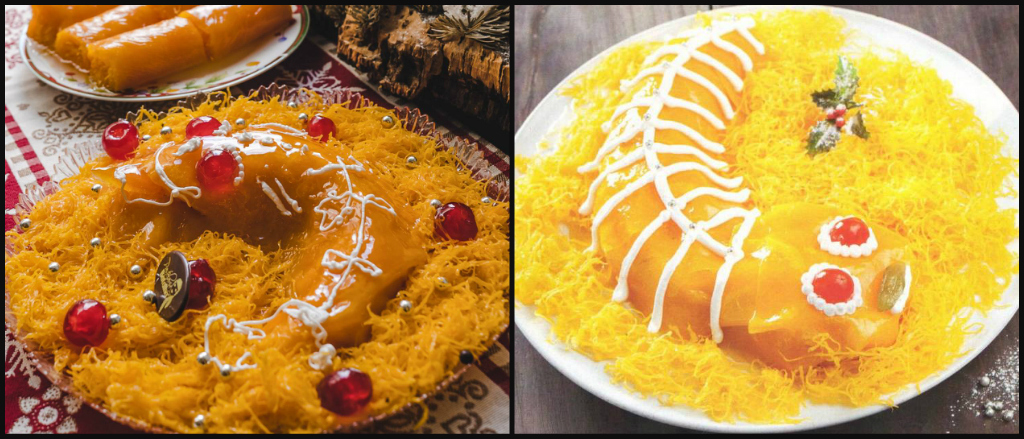
So if you’re exploring the sweeter side of Portugal and would like to taste some egg yolk loaded history, now you know what conventual sweets are, and these happen to be some of the best places in Lisbon to taste them:
Pastelaria Alcôa
Quite possibly, the best place for conventual sweets in Lisbon!
📍Rua Garrett 37, 1200-203 Lisbon
📍Inside El Corte Ingles shopping center: Av. António Augusto de Aguiar 31, 1069-413 Lisbon
Casa dos Ovos Moles
Particularly interesting for ovos moles. They bring conventual sweets from their origins all over the country to their store in Lisbon, so the variety keeps changing depending on the day.
📍Calçada do Sacramento 25, 1200-393 Lisbon
www.casadosovosmolesemlisboa.pt
A Pousadinha
They specialize in typical sweets from Tentúgal.
📍Rua de S. Paulo 188, 1200-275 Lisbon
www.facebook.com/apousadinhalisboa
Confeitaria Nacional
Worth a visit all year long, but particularly during December to try conventual Christmas pastries.
📍Praça da Figueira 18B, 1100-241 Lisbon
https://confeitarianacional.com
Antiga Confeitaria de Belém
Exclusively for pastel de Belém.
📍Rua de Belém 84 92, 1300-085 Lisbon
What conventual sweets have you been lucky to already try? Get in touch with us via Instagram or Facebook and let us know how you liked them. Please tag us: @tasteoflisboa #tasteoflisboa
We’ll love to know about your insights, questions, suggestions and wishes on your food & culture experiences in Lisbon and Portugal. Please share with us via Instagram, Facebook or Twitter . Feel free to send us a message if we may help planning your Lisbon’s visit: WhatsApp (+351915601908), Instagram message , Facebook Messenger ou para enjoy@tasteoflisboa,
Feed your curiosity on Portuguese food culture:
What do the Portuguese eat for breakfast?
Where to eat the best Portuguese custard tarts in Lisbon
The best Portuguese vegan food and wine in Lisbon
Azores and Madeira: discover the wines from the Portuguese islands
Real people, real food. Come with us to where the locals go.
Signup for our natively curated food & cultural experiences.
Follow us for more at Instagram, Twitter e Youtube
